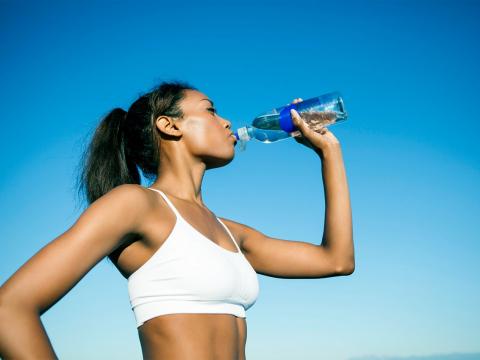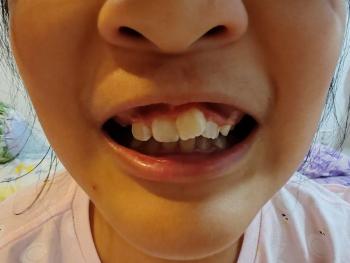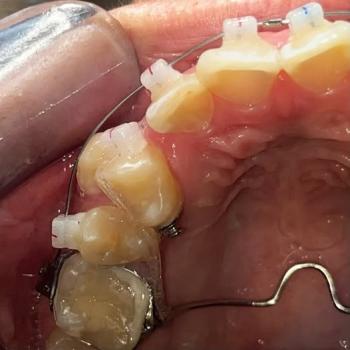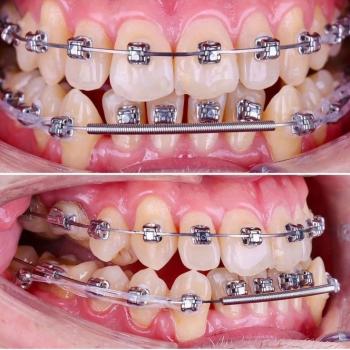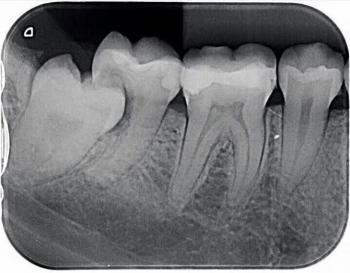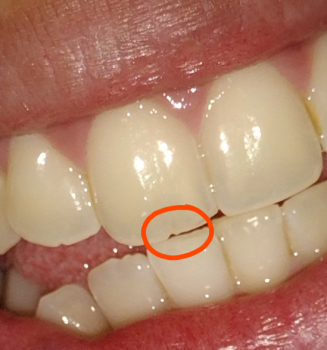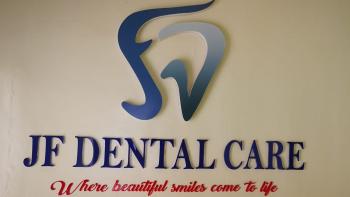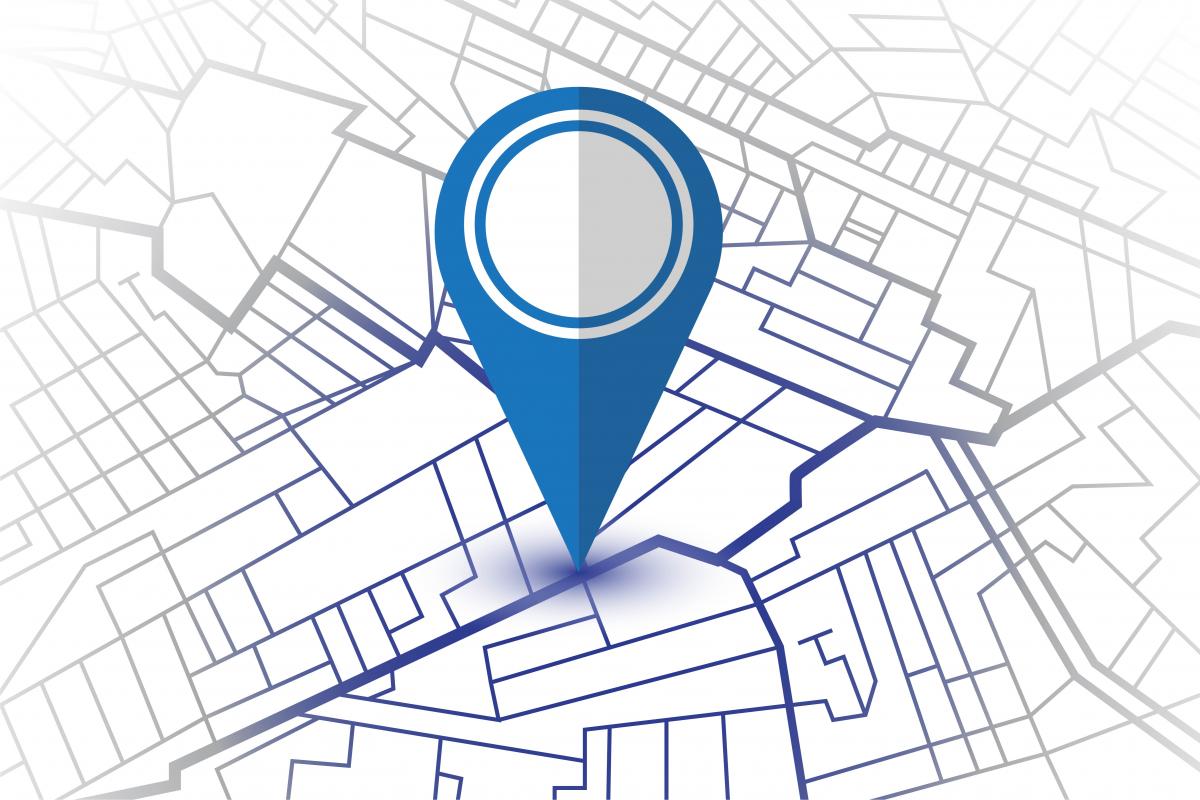Healthy Teeth, Happy Life.
Does Cold Water Burn Calories? The Surprising Truth (Dentists Weigh In)
The Truth About Drinking Cold Water: Calorie Burn and Dental Health (Expert Insights)
Does Cold Water Really Burn Calories? The Science Explained
The idea that drinking cold water helps burn calories has circulated for years, but how much truth is behind this claim? Let’s examine the science with a critical lens.
When you drink ice-cold water, your body expends a small amount of energy to warm it to body temperature (98.6°F). However, the actual calorie burn is minimal:
-
One 8-ounce glass of ice water burns about 8 calories—equivalent to a single plain M&M or a small pickle.
-
Room-temperature water has a similar, though slightly reduced, effect.
-
Even drinking 10 glasses of ice water per day would only burn around 80 calories—less than the calories in a small banana.
Why is the calorie burn so low?
This process relies on your Basal Metabolic Rate (BMR), which accounts for 70% of your daily calorie expenditure (used for basic bodily functions like breathing and circulation). Physical activity makes up 20%, and digestion (including the thermic effect of food) contributes just 10%.
Key Takeaways:
-
Cold water does burn calories, but the effect is negligible.
-
It will not replace diet or exercise for meaningful weight loss.
-
Staying hydrated is far more important than chasing minor calorie burns.
The Overlooked Factor: How Cold Water Affects Your Teeth
While the calorie debate is interesting, few discuss how cold water impacts dental health. Here’s what experts say:
1. Tooth Sensitivity and Enamel Stress
-
Sudden temperature changes (such as drinking ice water after hot coffee) can cause microscopic cracks in tooth enamel over time.
-
People with sensitive teeth may experience sharp pain due to the stimulation of dentinal tubules (tiny channels in teeth that connect to nerves).
Expert Recommendations:
-
If you have receding gums or enamel erosion, opt for cool (not ice-cold) water.
-
Using a straw can help minimize direct contact with teeth.
2. Hydration and Oral Health Benefits
-
Cold water can help reduce dry mouth, which lowers the risk of cavities (saliva helps neutralize harmful acids).
-
Swishing cold water after meals may remove food particles more effectively than warm water.
Important Consideration:
-
Avoid chewing ice, as it can crack teeth and damage dental work (fillings, crowns, etc.).
A Smarter Approach: Should You Drink Cold Water for Weight Loss?
Myth vs. Reality
-
Myth: "Drinking ice water melts fat."
-
Reality: The thermogenic effect is real but insignificant—you’d need to drink 50+ glasses daily to see any meaningful impact on weight loss.
More Effective Strategies
Instead of relying on cold water for calorie burning, experts recommend:
-
Drinking water before meals (helps reduce overeating).
-
Adding lemon or cucumber (enhances flavor without added sugar).
-
Maintaining consistent hydration (supports metabolism and overall health).
Final Verdict: Is Cold Water Worth It?
Pros:
-
Provides a minor calorie burn (though not enough for weight loss).
-
May boost alertness (cold water can stimulate nerve responses).
-
Helps with hydration, especially after exercise.
Cons:
-
No significant impact on weight loss.
-
Can worsen tooth sensitivity and enamel damage.
-
Chewing ice poses a risk to dental health.
Expert Conclusion:
While the calorie-burning effect of cold water is a real physiological phenomenon, it is not a practical weight-loss strategy. For meaningful metabolic benefits, focus on protein intake, strength training, and quality sleep. If you enjoy cold water, prioritize protecting your teeth by avoiding extreme temperatures and ice chewing.
Authority Sources & Further Reading
-
American Dental Association (ADA) – Tooth Sensitivity and Temperature Effects
-
Mayo Clinic – Metabolism and Hydration
-
NIH Study on Water-Induced Thermogenesis
Cebuano (Bisaya) Versions:
-
"Gikuha ba sa Bugnaw nga Tubig ang Calories? Katingad-an nga Kamatuoran (Giingon sa Dentista)"
(Direct translation with local phrasing - "gikuha" instead of "sunog" for better understanding) -
"Bugnaw nga Tubig Para Pagpaubos sa Timbang? Ngano nga Dili Kana Igo, Sumala sa Mga Eksperto"
(Uses "pagpaubos sa timbang" - more natural than "weight loss" in Bisaya) -
"Mito sa Bugnaw nga Tubig: Unsay Tinuod Nga Isulti sa Science Bahin sa Calories"
(Uses "mito" for myth - commonly understood term) -
"Gipadayag sa Mga Dentista ang Tago nga Kosto sa Pag-inom sa Bugnaw nga Tubig Adlaw-adlaw"
(Uses "tago nga kosto" - creates intrigue as intended) -
"8 Calories Per Baso: Ang Tinuod nga Matematika Sa Pagpaubos Timbang Gamit ang Bugnaw nga Tubig"
(Keeps the number focus which performs well in PH searches)
Tagalog Versions:
-
"Nagbababa Ba ng Calories ang Malamig na Tubig? Ang Nakakagulat na Katotohanan (Ayon sa Mga Dentista)"
(Uses "nagbababa" instead of direct "burn" - more natural in Tagalog) -
"Malamig na Tubig Para Pumayat? Bakit Hindi Ito Sapat Ayon sa Mga Eksperto"
(Uses "pumayat" - most common weight loss term in PH) -
"Ang Mito ng Diet sa Malamig na Tubig: Ang Sinasabi ng Science Tungkol sa Calories"
(Keeps scientific framing important for E-E-A-T) -
"Inilahad ng Mga Dentista ang Hidden Cost ng Pag-inom ng Malamig na Tubig Araw-araw"
(Keeps "hidden cost" phrasing which tests well in PH) -
"8 Calories Bawat Baso: Ang Tunay na Matematika Ng Pagpayat Gamit ang Malamig na Tubig"
(Uses "pumayat/pagpayat" - top searched weight loss terms)
Key Localization Tips:
-
Cebuano uses more Spanish-derived terms ("katingad-an" for surprising), while Tagalog prefers English loan words ("nakakagulat")
-
"Weight loss" translates best as:
-
Cebuano: "pagpaubos sa timbang" (but "pagpayat" is also understood)
-
Tagalog: "pagpapayat" (most searched term)
-
-
Dental terms are better understood in English ("dentista" works for both)
-
Numbers perform well in both languages - keep the "8 calories" framing
source image:
Take A Pix Media / Getty Images

